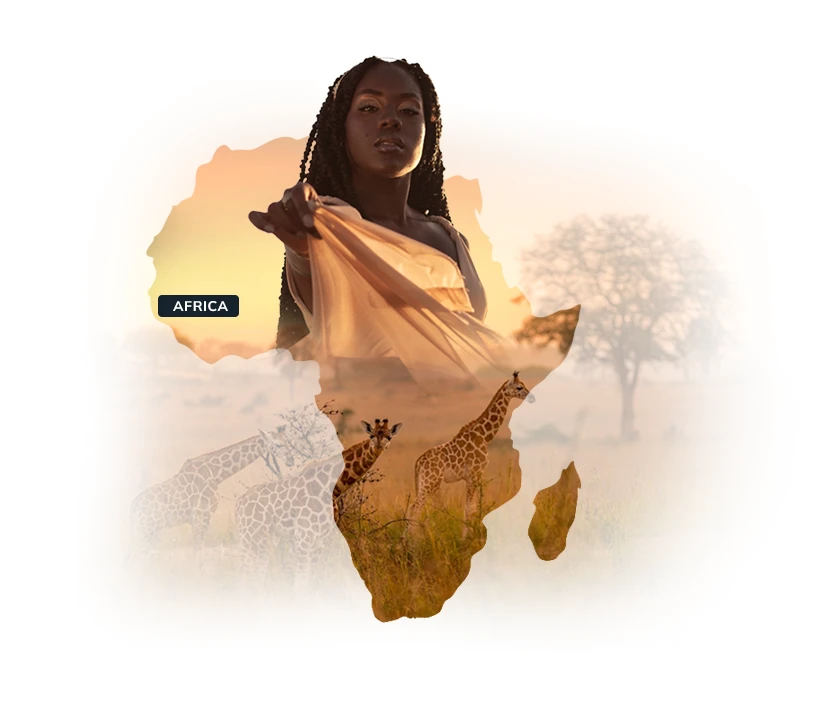Wild and bountiful waterways breed life into Argentina's biodiversity
 Explore the Northern Kalahari Desert which is home to some incredible wildlife
Explore the Northern Kalahari Desert which is home to some incredible wildlife
To say that the serene and beautiful Iberà Wetlands are the lifeblood of Argentina is no exaggeration. Located in northeast Argentina’s Province of Corrientes, just under 500 miles from Buenos Aires, they’re the second largest freshwater wetlands in the world; that’s second only to Pantanal in Brazil. And it's the sheer volume of floating islands and floodplains - not to mention countless other lakes and lagoons - that makes this the ideal habitat for a remarkable 4,000 plant and animal species. To put that figure into context, it means the Iberà Wetlands make up a staggering 30% of Argentina's biodiversity. Undoubtedly, that’s a large part of this region's breathtaking allure. Lucky travellers could spot the eye-catching roseate spoonbill wading through the waters - or even meet the unblinking eye of a yacaré caiman; the basking giant was once hunted for its skin but is now protected here. But that’s just a small slice of Iberà Wetlands' inspiring comeback story. Large and endangered mammals like the giant anteater and native yaguareté (jaguar) have been carefully reintroduced after rapidly disappearing from hunting and habitat loss. Today, an aerial view from above the wetlands reveals a much healthier picture: a vast blue-green network of lush channels and creeks as far as the eye can see. And a rise in conservation, protection and mammoth rewilding projects have all done their bit in bringing the area back to life - as has the boom in ecotourism. Travellers can now learn about these entrancing waterways with a guided boat safari - or simply explore them alone by kayak/canoe. Alternatively, adventurous types might prefer to take it in from above the banks on horseback; it’s a fitting way to explore the terrain when nature is so ingrained in the culture here. Speaking of which, fishing has long been an integral part of the cultural heritage of the Iberá Wetlands. Indigenous communities and local residents have developed traditional and sustainable fishing techniques that are still practised today. Visitors could try their hand at a spot of flying fishing in the marshlands; dorado is a popular sportfish abundant in these fruitful marshlands. It’s also a popular meal in the area, along with surubí (a large catfish) and chipá (a special type of cheese bread). Many of these delicious dishes have been passed down through generations, even more fascinating when you consider these indigenous communities inhabited the area as far back as the 9th century. Importantly, their heritage can still be felt all over the area; it’s sewn into the fabric of the beautiful woven baskets, textiles and other intricate artisan handicrafts you’ll find here. To this day, the indigenous communities still have deep and meaningful connections to the region’s land and water. And just a single visit to the Iberà Wetlands makes it easy to see why. These tranquil waters enrich all types of life that wade through them.
Your Luxury Ibera Wetlands Trip Ideas
The two-week Argentina Wildlife Vacation itinerary visits the Iberá Wetlands reserve, where you can visit lagoons, marshlands, embalsados (floating soil formations), Yatay palm groves, tall grass patches and remote areas of the Paranaense forest.
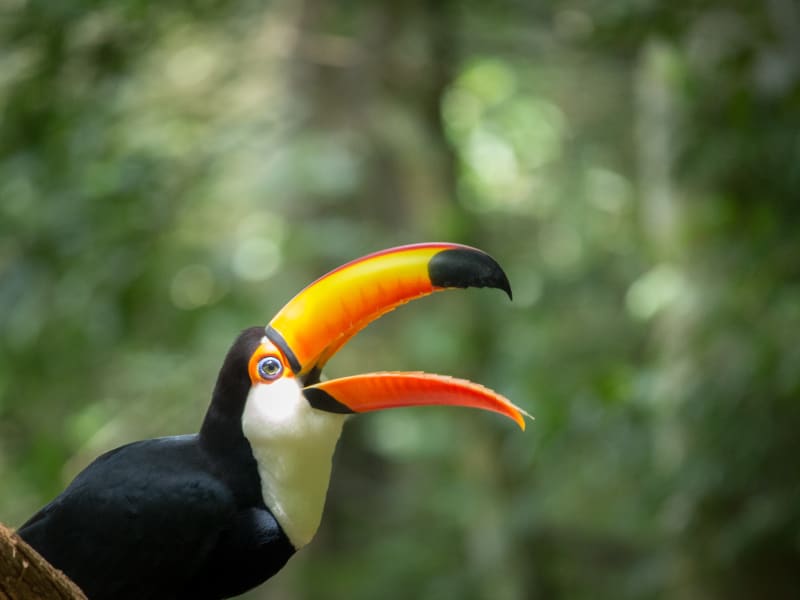
Argentina Wildlife Tour
Buenos Aires, Wetlands, Puerto Iguazú, Peninsula Valdes.
Discover MoreWhen to go to Iberá Wetlands
The Iberá Wetlands are subject to a subtropical climate, which means they also have distinct wet and dry seasons. The dry season runs from April to October, has less rainfall and is generally cooler; this is important to consider as it can be extremely hot in the summer months (from January until March).
However, the wet season (November to March) will offer the lushest vegetation and an opportunity to see abundant wetland wildlife; keen nature enthusiasts should watch for black caiman, capybara and marsh deer. But that’s not to say you won't catch a glimpse of any natural dwellers in the drier months, too. Many local bird species will nest and feed during this time, and it's also an ideal period for rarer jaguar sightings.
WEATHER CHART:
- Excellent
- Good
- Poor
Need to chat?
Find out more and tailor your perfect trip with the help of our specialist team
Enquire OnlineYour Luxury Accommodation Options in Iberà Wetlands
Travellers to the magnificent Ibera Wetlands should not hesitate to stay at Hotel Puerto Valle. Offering stunning serenity, this tranquil oasis is ideally located right at the northwest end of Iberá National Park. Here, you can enjoy easy access to Laguna Valle and Portal Cambyretá; a special spot selected to reintroduce the endangered red macaw. It is a destination where conservation and comfort feel entwined.
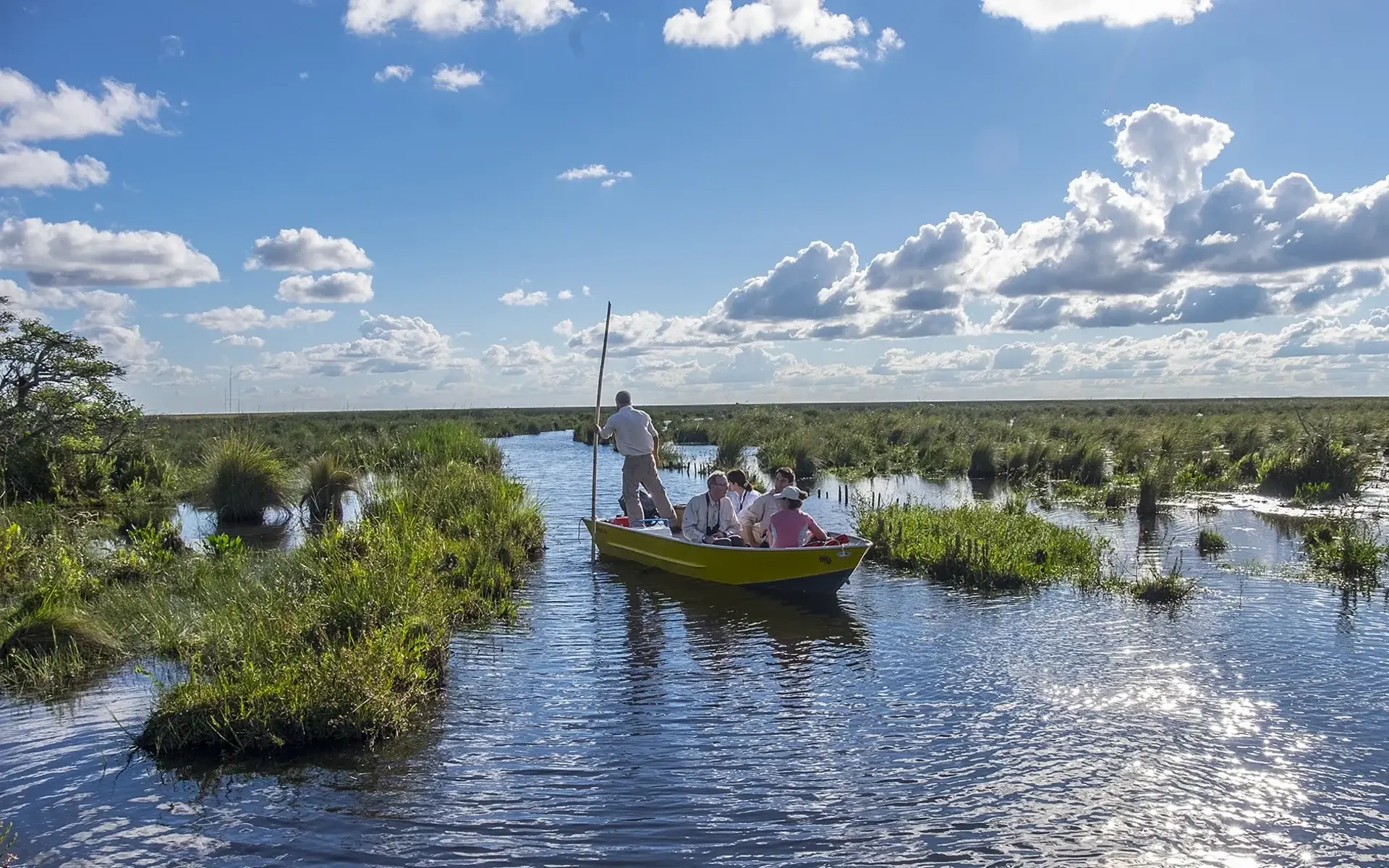
Hotel Puerto Valle
Hotel Puerto Valle is the perfect hotel during your trip to Argentina , taking you into the Ibera We...
Discover More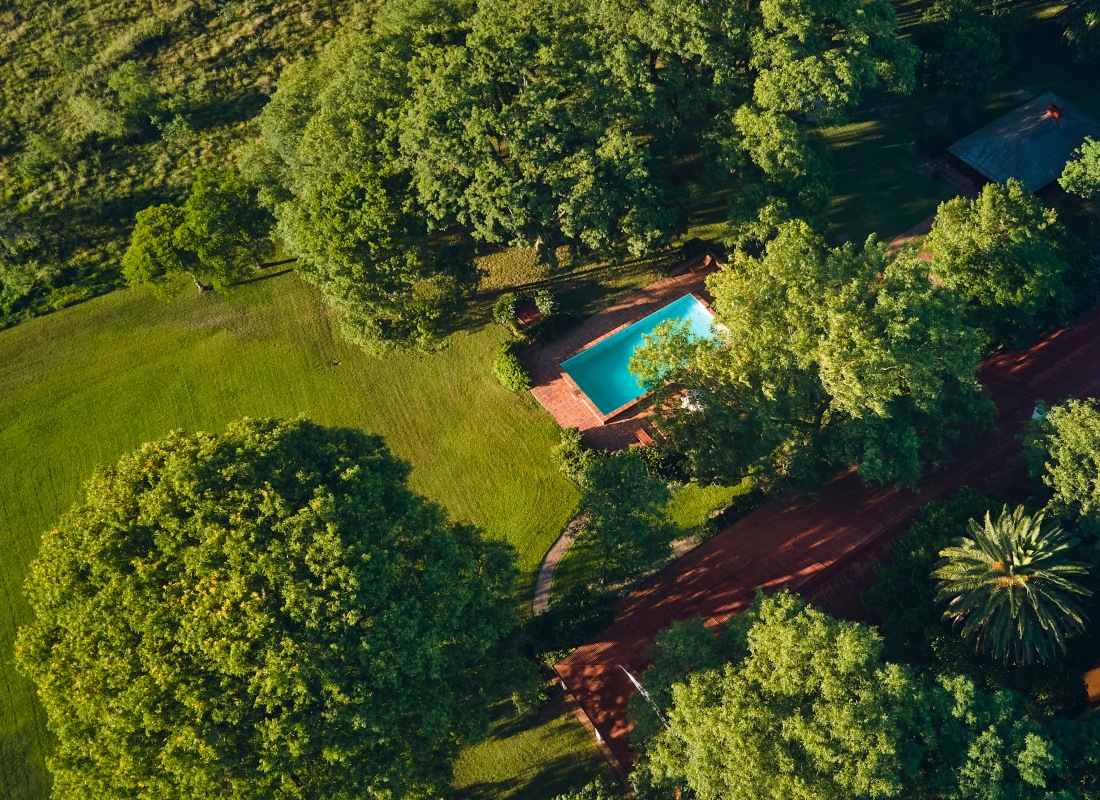
Rincon del Socorro
During your Argentina holiday, explore the magical Ibera wetlands with the friendly, guiding hand of...
Discover MoreMore Argentina travel inspiration from Wayfairer customers and travel specialists
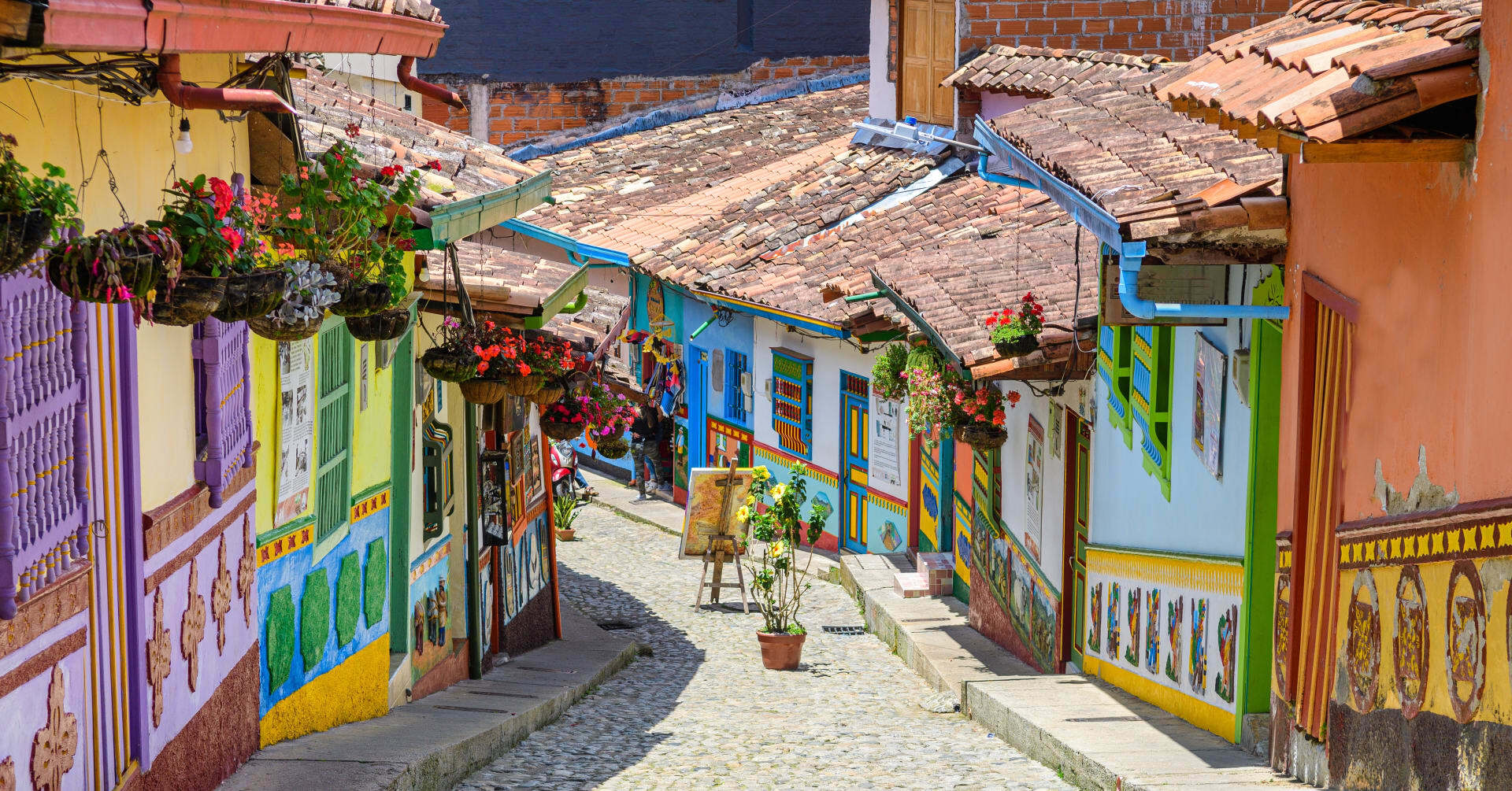
The 6 Best Countries to Visit in South America
January 10, 2025
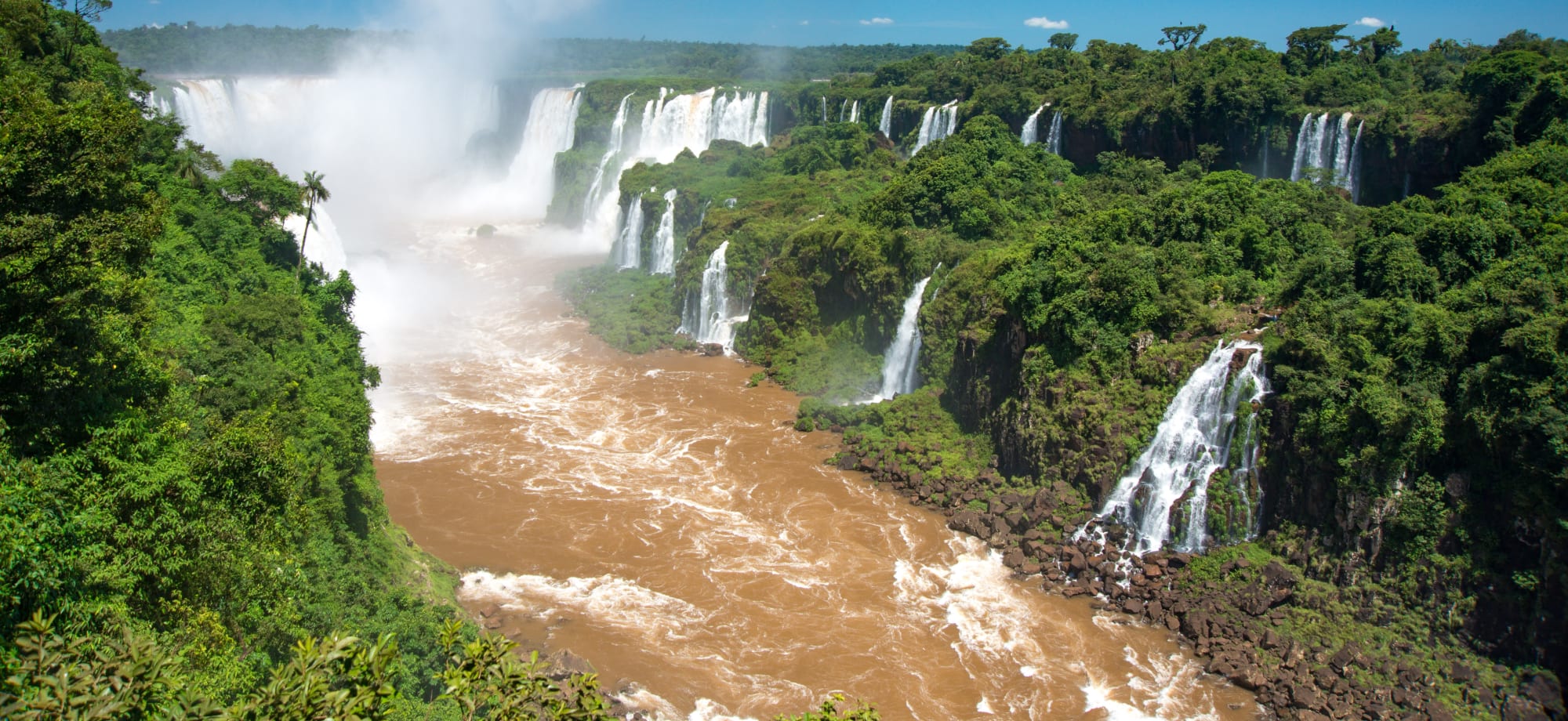
The Complete Guide to the Iguazu Falls in Argentina
April 14, 2023
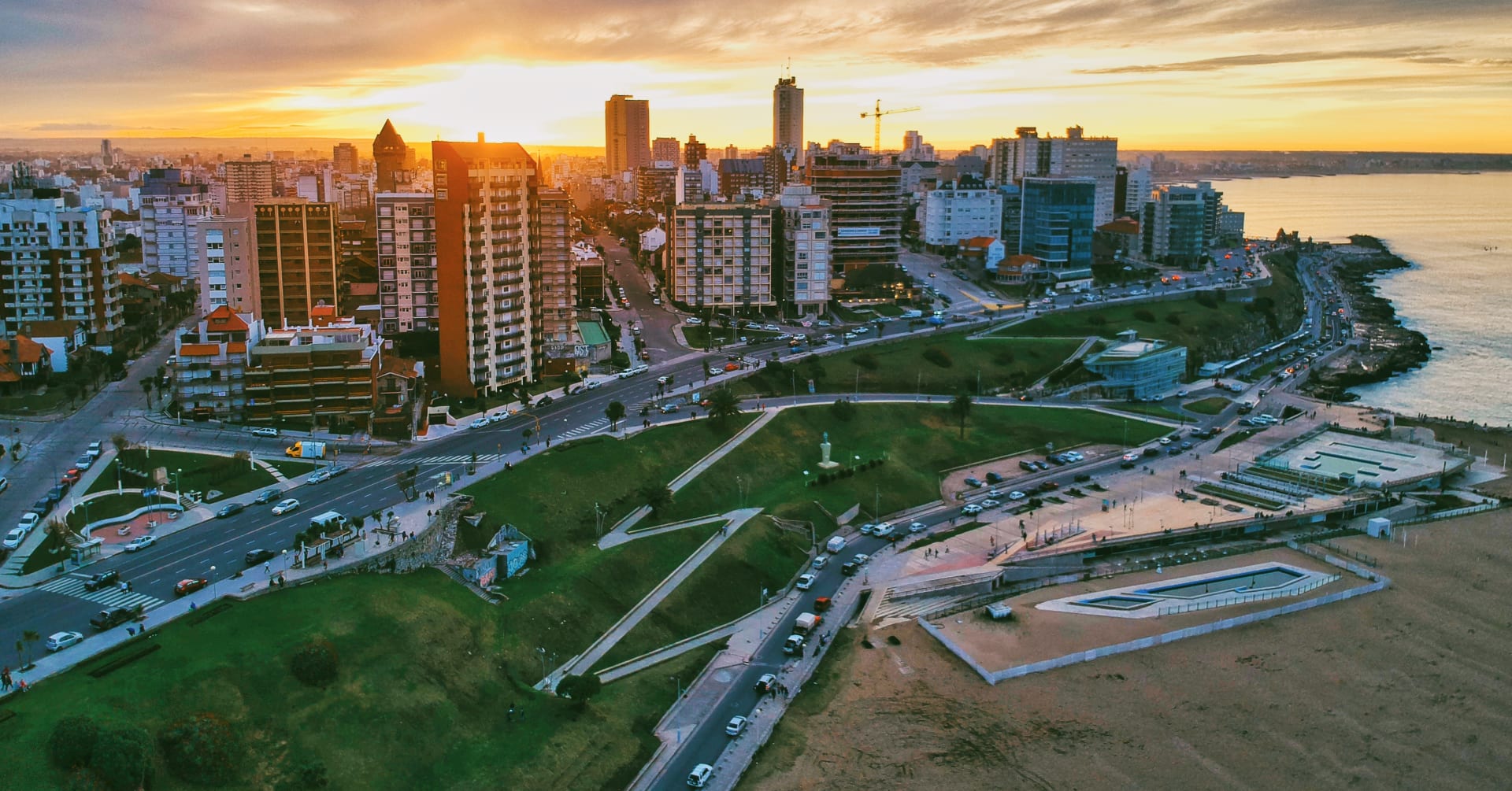
Is Argentina Safe to Visit
June 19, 2025
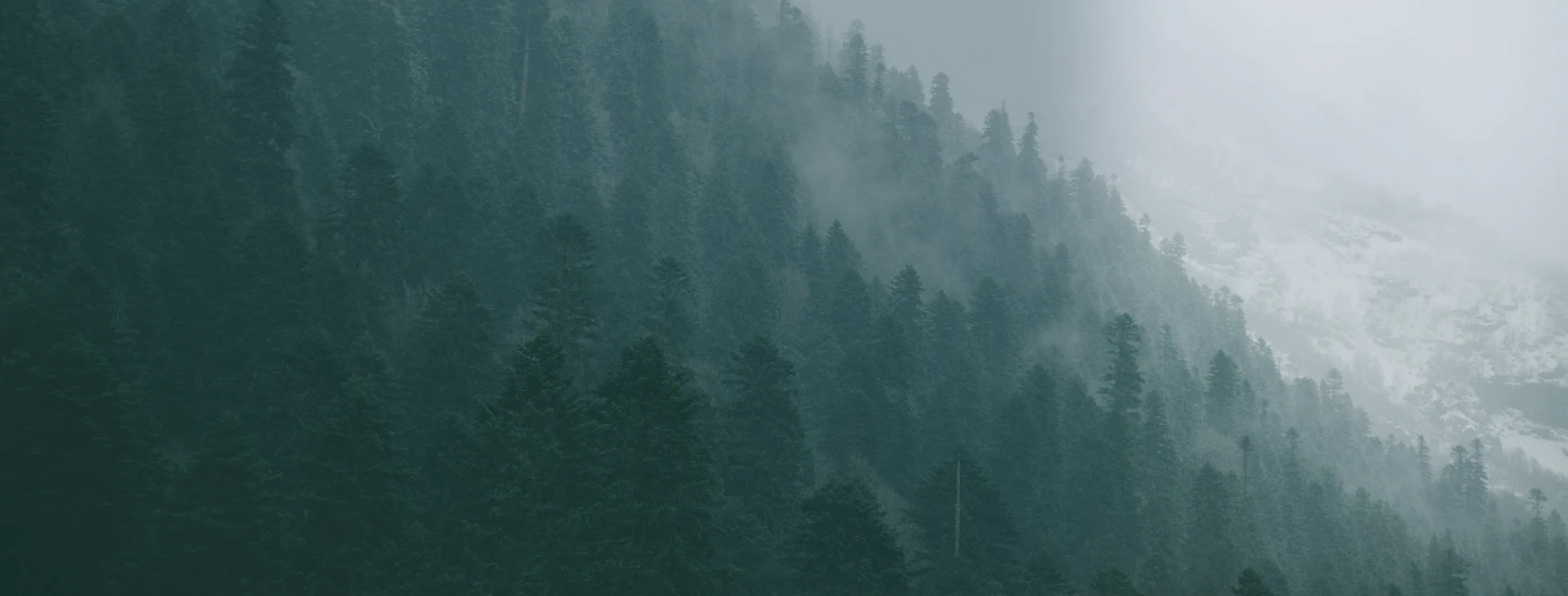
Sign up to our newsletter
For more travel inspiration delivered straight to your inbox just fill in your details here
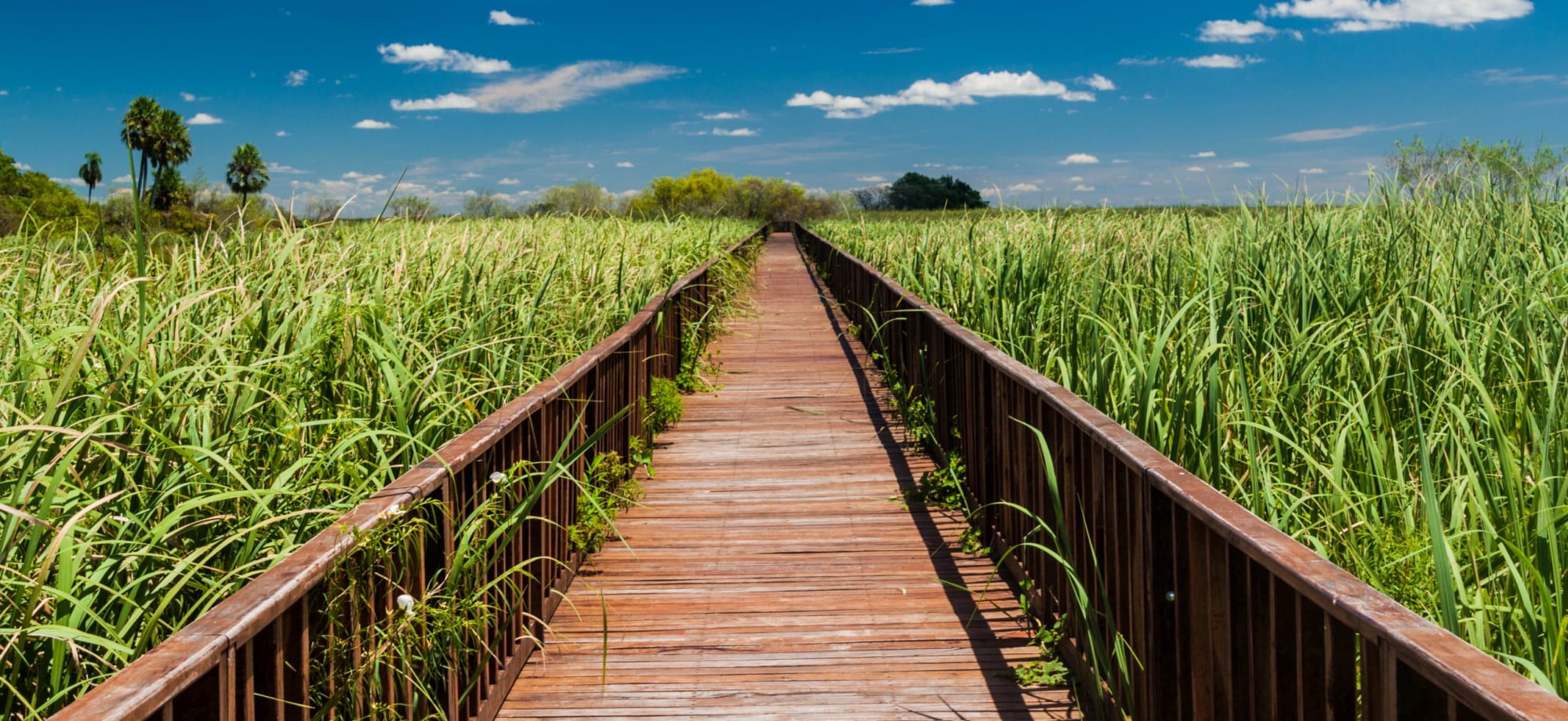
Start planning your luxury Iberá Wetlands holiday today
We're looking forward to hearing from you
